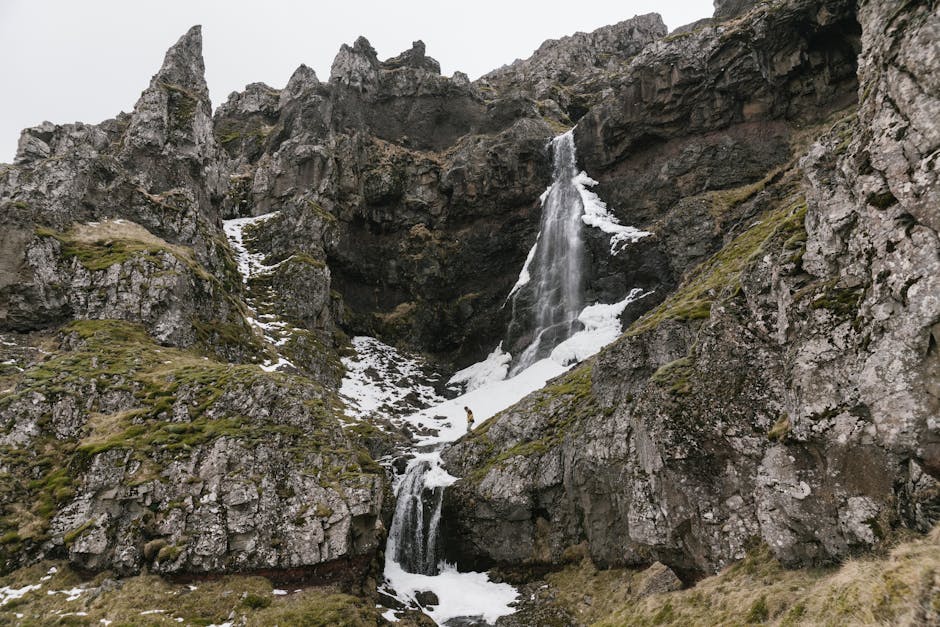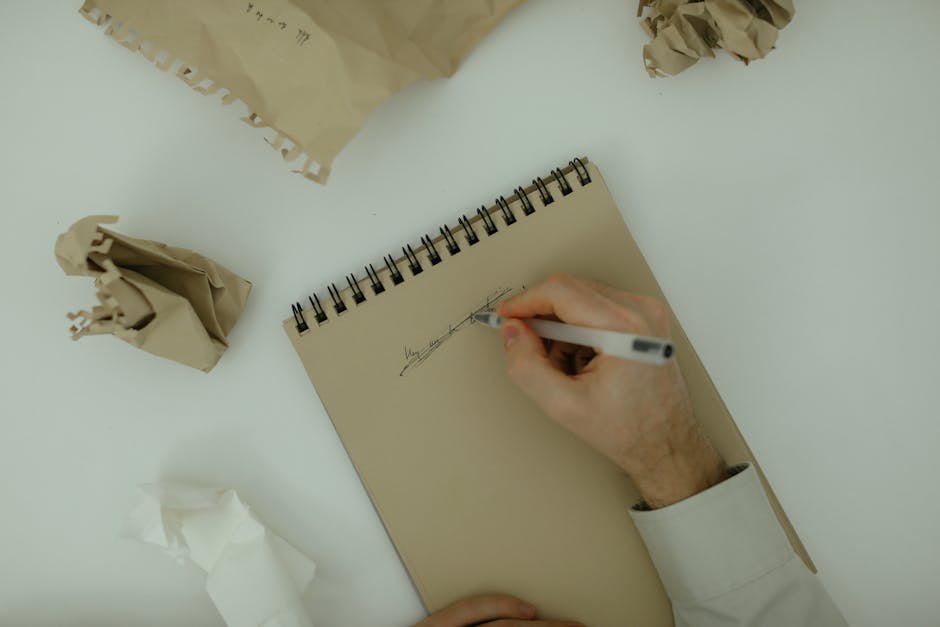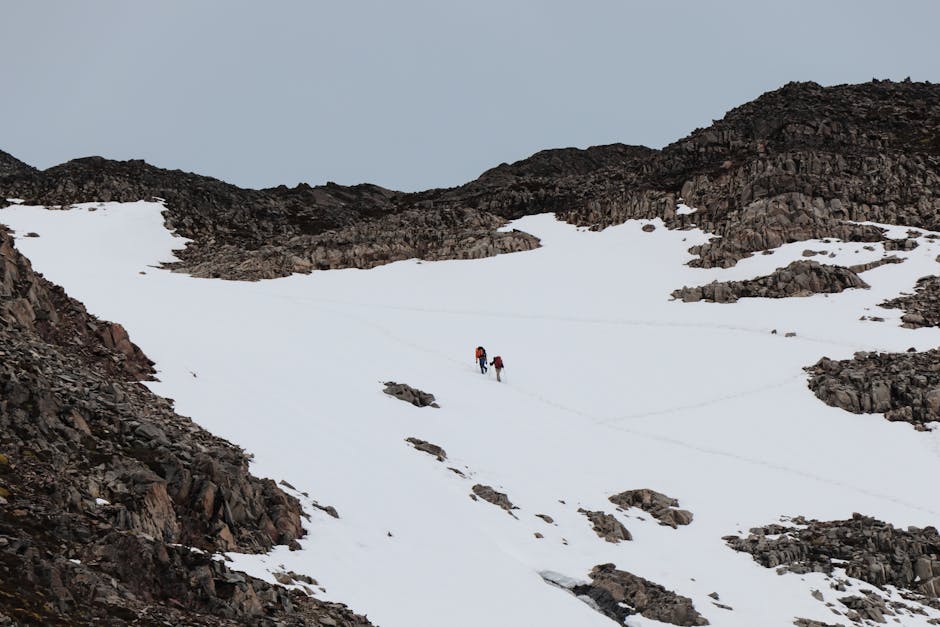They look at the cost of solar

Even if you have money to invest, it’s still a good idea to check out how much things cost before going ahead. Check prices in your area by visiting local contractors or buying a package online.
People often make the mistake of looking only at the financial aspects of going solar, such as seeing all the costs involved. However, just because something is expensive does not mean it is the right thing to do for you.
Each situation is different, and what works for someone else may not work for you. You will need to find a balance between how expensive everything is and how big of an investment you are making.
Investing time and effort in creating your own energy system can be life changing. It can also give you more independence and autonomy over when you use electricity.
You could choose to generate your own power, waste no longer being subject to anyone else’s grid, and become less reliant on outside sources.
This way, you’ll know you’re having a positive impact on the environment by reducing pollution and dependency on other people for our energy needs.
They look at the roof

Looking at your house before building a solar system is definitely recommended. You should inspect all components of the house (not just the sun-facing parts), as things such as shading patterns and spots can be reflective and draw more sunlight, making them bad places to put solar panels.
Have an expert take a close inspection. If there are problems with your roof or structure, you could end up having those fixed before putting any significant amount of effort into generating power.
Also consider placing some type of cover over very bright windows during daylight hours in order to reduce glare and light intensity. At the very least, they will decrease visibility.
They look at battery storage

Despite what you may have heard, cloud storage is a good way to use solar energy. It keeps your data secure, and it allows you to access your files anywhere you have internet access.
However, storing excess power in batteries comes with some difficulties. First, you need to determine how much electricity you will want to draw from the grid.
Also, you will need to make sure that you have an appropriate connection to the electrical distribution system. Most households do not have enough room in their box to add another meter for extra wiring.
Last but not least, there are regulations regarding adding new connections to the utility network. These requirements vary by country, region, and city.
You can find more information here>>
Look into potential clients who might benefit from going solar but also consider factors such as insurance, weather issues and cost of installation. All of these things must be considered before heading down the installation path.
They look at the tax credits

Many people don’t take into account all of the taxes that are associated with having solar panels on your roof. In most states, you can apply for what is called a renewable energy credit (REC). These are state-specific funds from tax revenues that pay off your power bill each month. You simply have to sign up with a company who has negotiated a lower rate with the government to get this credit deposited onto your bill.
However, these RECs come with a cost – if you do not use them before they expire, then you will be forced to buy new ones.
Some companies make money by selling used RECs; others maintain an online inventory. However, there are many scams surrounding recycled energy certificates so it’s best to avoid them and purchase original certifications when possible.
It’s also worth noting that the amount of tax added to your bill depends on how much electricity you produce. Tax laws change, and providers need to find ways to help you offset your increased consumption.
If you only use 100% green energy, for example, you may end up paying more deductable than you would have without going through the effort of installing solar switch.
They look at the payback period

After they subtract all their bills, people often stop looking at how much it costs to run their solar system.
They forget that once you add in the cost of your bill, plus any profit you make from selling excess energy, everything becomes more profitable.
And while you might not want to keep paying for electricity every month after you’ve paid off your house or bought a farm, you can at least save money by cutting down on what you spend up front.
You also need to remember that the value of clean energy programs like tax credits increases over time, so even if you don’t get one now, you may be able to tap into them later.
They look at their energy bill

Once you have made the decision to go solar, the next step is to visit your local dealer and see what options are available. You can avoid potential pitfalls along the way by doing your research first.
When people ask me about going solar, one of the most common questions I get is “how much will it cost to install?” or “ how much will it cost to operate this system?”
The answer depends on many factors, including size of your home, type of roof, number of panels, efficiency of the system, and so on.
But regardless of the costs, here’s something that all new systems come with free of charge: advice.
You need help from professionals to set up a system like this. There are too many things that could go wrong if you do it yourself. Places like landisitas has full instructions on how to perform this function, as well as information about where the best areas are to put solar panels.
They look at their energy portfolio

You need to understand the value of solar energy before you go out and buy what will likely be one of your most expensive investments.
If you’re looking at going with an installer who comes to your home, or if you plan to lease a system, then this may be the right option for you.
But if you are thinking about doing it yourself, here are all the issues to consider when buying a system and reading the solar switch review.
They look at solar power through the lens of a financial advisor

There’s a reason that almost every person I talk to about going solar refers to speaking with a financial advisor first. It can be difficult to find concrete information about how much your sunstone will cost you in energy bills, and how long you will still be paying off the cost of it before you see a return on your investment.
Most people get caught up in the “investment style” of investing – they worry about their money like they would about buying stock.
And just because something is trending upward doesn’t mean that it’s right for you.
My goal is to help everyone realize the value of the earth more than the price tag.
You have to experience it to understand why it’s worth it. For me, one of my biggest investments in nature was when I bought our house. Before we purchased this home, I had no concept of the natural beauty that could exist outside.
Through being exposed to so much more nature, I’ve realized there’s a whole other world out there. We need to recognize it and protect it.
They look at the shade of their roof
Even if your solar panels will not produce energy, you can still increase the amount of electricity they feed into your system by putting them in an optimal place. The best spot is where there is least shading from trees, buildings or driveways.
You want as much surface area as possible exposed to sunlight.
However, don’t worry about shadows. Concentrate on places with few rooftops for producing energy.
There are also different types of shadings. If you put your roof up against another structure, like a wall, that is considered shadowing. You need to take extra care that the angle of the roof is such that it receives significant sunshine during daylight hours.
Comments
Post a Comment